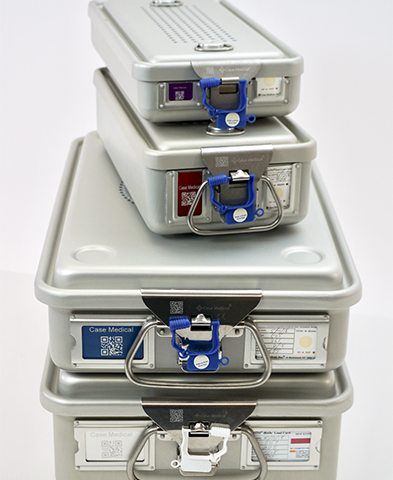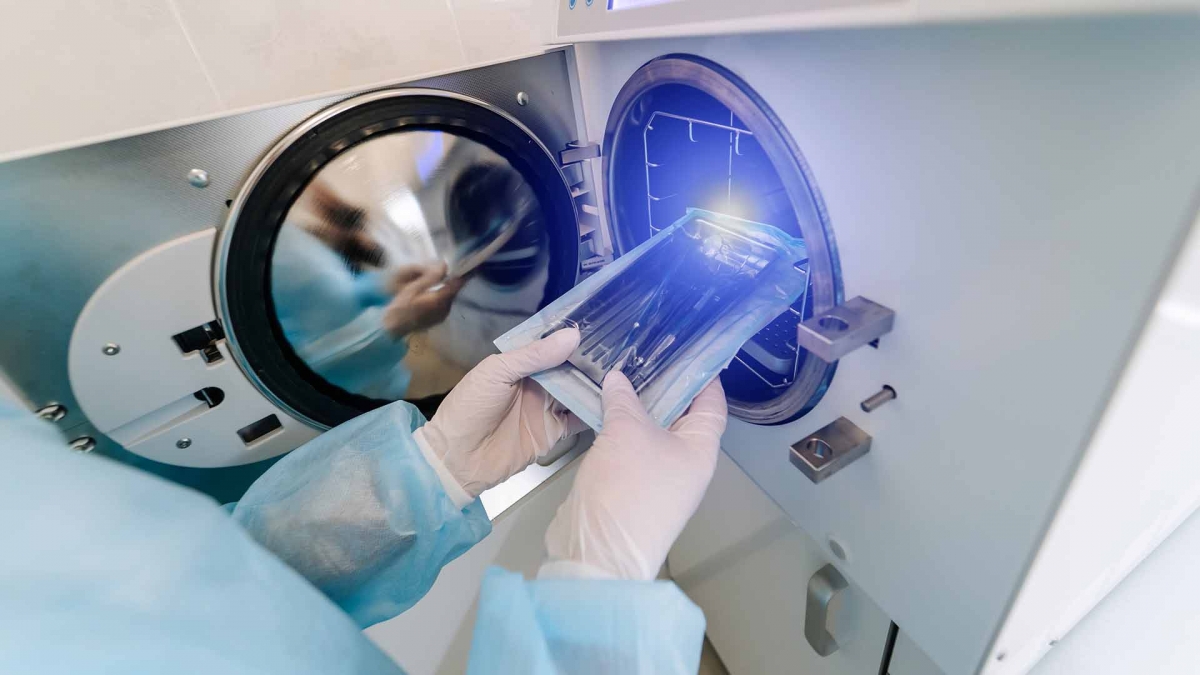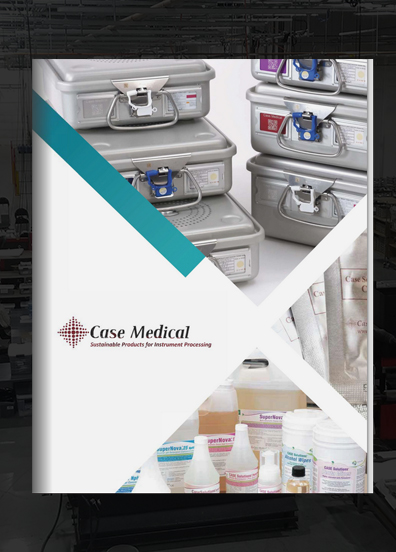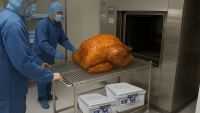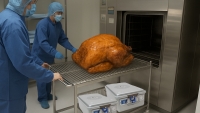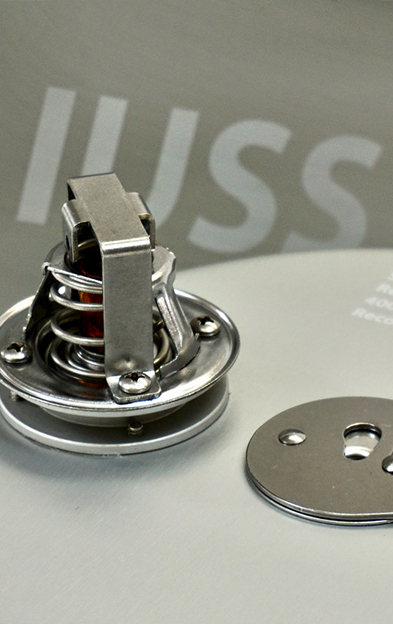
Risky business
A better way with SteriTite
Few facilities wanted to use IUSS because of the risks and because of the justification and the documentation required. We questioned why no one considered how to eliminate IUSS using their existing container with rapid sterilization cycles. We did just that. We tested, validated, and obtained an FDA 510k for rapid terminal sterilization using our SteriTite container with paper filters. One of IUSS sterilization’s few benefits was the quickness that instruments could be ready for use, as sterilization in an autoclave could take an hour or more with extended dry time to avoid wet loads. With Case Medical’s SteriTite Universal container system, this problem has been solved with a validated, 5-8 minute minimum dry time. This means that instruments can be sterilized properly in an autoclave, with short turnaround times even in an emergency. Overall, with the SteriTite container system, inventory can move through SPD much faster, reducing delays while improving efficiency and addressing patient safety.
